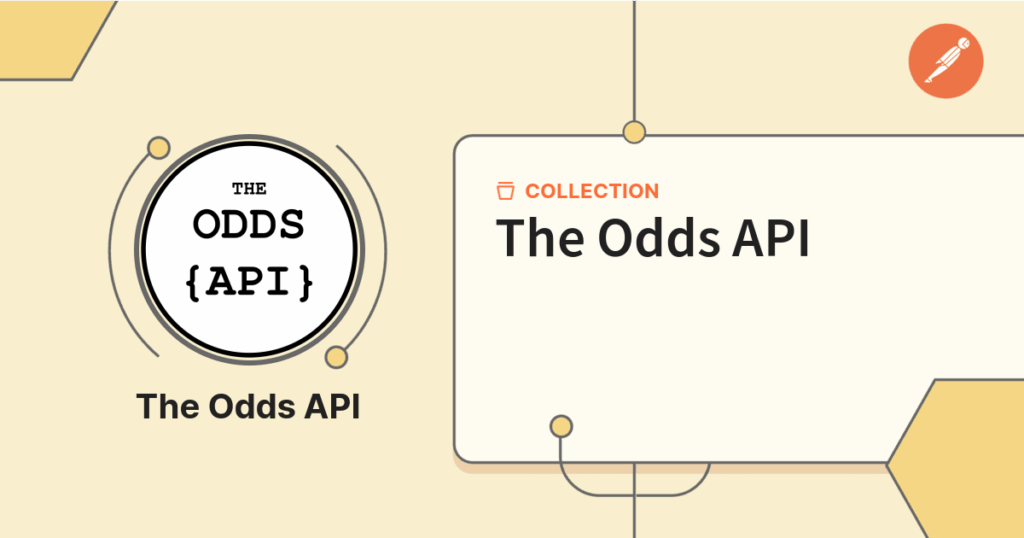
A successful football betting platform begins with a clear goal. Accuracy, speed, and trust must shape every feature. Bettors expect more than generic odds or delayed updates. They want instant access to live betting lines, match insights, and easy navigation across global leagues. Any delay, any mismatch, creates risk and doubt. To meet these demands, your platform needs tools that perform in real-time and scale with demand.
Your football betting system requires access to precise data feeds. The backbone of that system relies on a well-integrated football odds API. This tool provides real-time betting markets, bookmaker comparisons, and up-to-date match statistics. Choosing the wrong API means limited coverage, inaccurate odds, and frequent service interruptions. Every betting feature on your platform, from pre-match markets to in-play updates, will reflect the strength of your chosen API.

Football Betting
Odds API
Table of Contents
Coverage Must Match the Vision
Start with clarity on the types of competitions and markets your platform will support. Will it serve the English Premier League only, or also include La Liga, Bundesliga, Serie A, and UEFA Champions League? Will it focus on match outcomes, player-specific props, or corner totals?
A quality API must support:
- Global and local leagues
- In-play and pre-match betting lines
- Moneylines, spreads, totals, and alternative props
Avoid APIs that offer broad claims but limited depth. Focus on providers with long-term partnerships with bookmakers. That guarantees accuracy and speed.
Frequency of Updates and Latency Levels
Betting decisions depend on timing. If your odds update every few minutes, your users will act on stale data. That invites risk and reduces trust. Top-tier football odds APIs push updates within seconds, not minutes. That includes line shifts, live totals, and sudden market locks.
Check update frequency directly. Ask providers for average latency and peak-time performance. If possible, request a test environment where you can simulate matchday traffic. Fast response matters most during high-traffic windows—final moments before kickoff, or penalty shootouts.
Pricing Models and API Limits
You must choose an API that fits both your traffic scale and budget. Some providers charge based on requests per minute. Others offer tiered access, with more markets and sports at higher prices.
Review:
- Request caps per day/hour/minute
- Included features at each pricing level
- Options for overage protection
If your app grows quickly, those limits may get expensive. Always prepare for seasonal spikes around major events like the World Cup or domestic league finals. Your pricing plan should cover that scale.
Parsing and Formatting Structure
Odds data arrives in complex structures. Some APIs offer well-documented, consistent formats. Others send cluttered arrays with vague field names.
Evaluate the format before integration. You want clear separation between event info, market types, and price formats. This allows smooth processing, easy front-end display, and accurate betting logic.
Key considerations include:
- JSON formatting clarity
- Field naming conventions
- Clear timestamps and update indicators
Avoid APIs that require frequent workarounds. That wastes development time and invites errors.
Security and Uptime Guarantees

Source: postman.com
The odds API must support HTTPS and include authentication via API key or OAuth. Secure access protects user data and keeps the app safe from tampering.
Ask providers for:
- Uptime guarantees
- Rate-limiting protection
- Alerts in case of failure
No platform can afford outages during match hours. Ensure your provider can handle traffic surges without error spikes or delays.
Conclusion
A reliable football odds API does more than supply data. It powers the entire experience of your football betting platform. Every market update, every live bet, and every post-match payout depends on the accuracy and performance of your odds provider. Do not settle for shallow coverage or average speed. Your users will notice. Build your foundation with care, and your platform will earn loyalty and scale with confidence.







